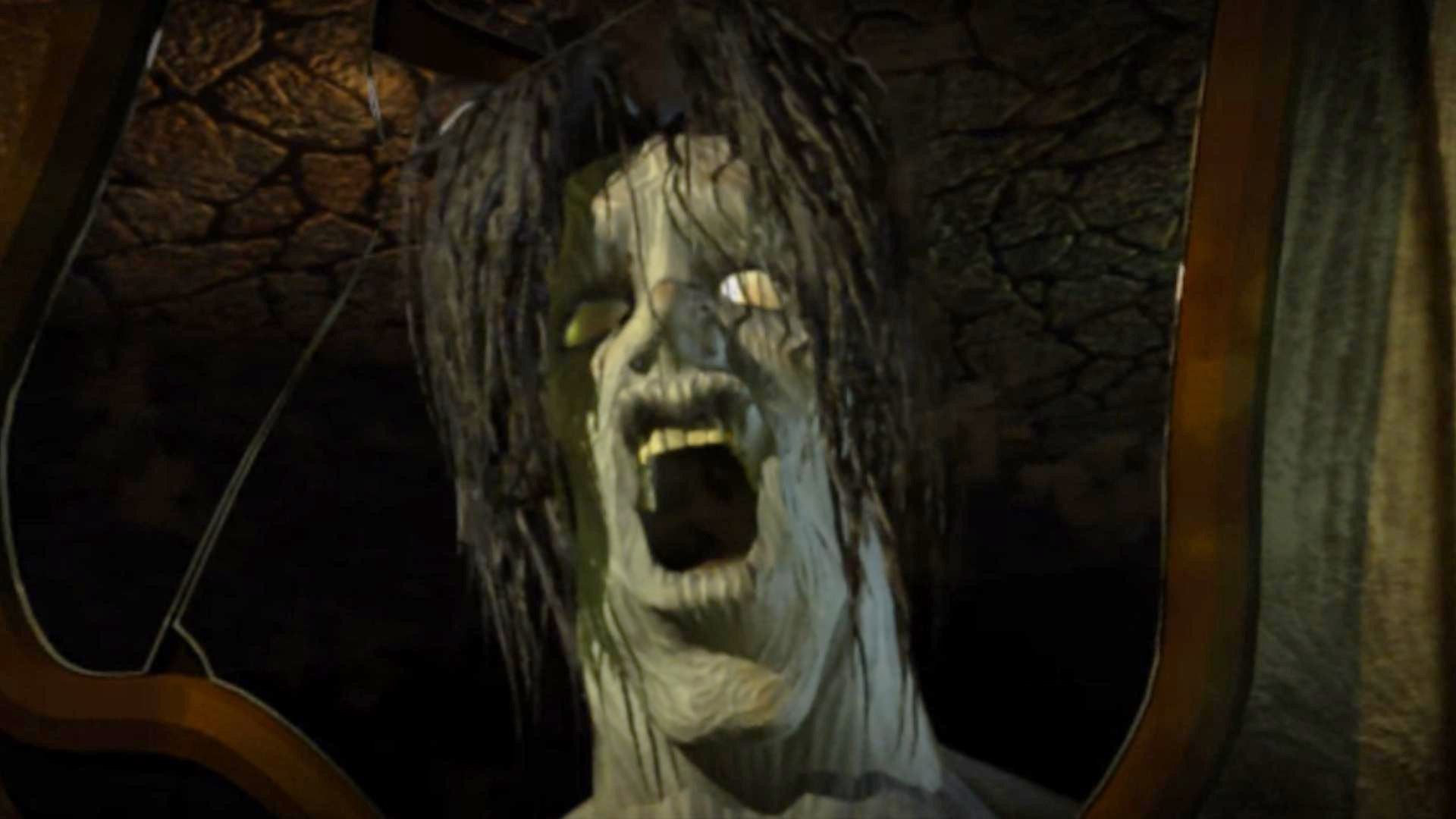
Black Isle Studios made sure its venerable Dungeons & Dragons RPG Planescape: Torment was like no other video game on the market when it released in 1999. All the developer had to do was obliterate BioWare's nascent Infinity Engine.
Speaking to PC Gamer for its magazine issue 402, Planescape's lead programmer Dan Spitzley says his team "ran roughshod over some of the standards that BioWare had put in place for the engine, probably for good reason."
BioWare first implemented the young Infinity Engine in its own D&D RPG, the 1998 release Baldur's Gate, which ignited players' imaginations and, eventually, an outrageously lucrative franchise.
But, even though Baldur's Gate was a trendsetter in its own right, seamlessly transporting the immersive fantasy of table-top RPGs to PCs everywhere, Black Isle Studios wanted more.
BioWare was still tinkering with Infinity while Planescape was in development, PC Gamer reports, so Black Isle started pushing the uncertain bounds of what the engine was capable of.
"We were lucky we didn't break the game," Spitzley muses.
Planescape, unlike Baldur's Gate, prioritizes worldbuilding over combat, so it's full of stylized cutscenes that, even by today's standards, pack a gut-punch. From the very beginning of Planescape, when The Nameless One wakes up on a mortuary slab with his memory lacking, and his skin thick with scar tissue, you feel certain your heart will break soon.
Or maybe this cinematic was just heartbreaking for BioWare CEO Ray Muzyka. Lead artist Tim Donley remembers that, when Black Isle showed Muzyka some of it, he was "silent for a while."
"Then he turns to his programmer," says Donley, "and goes, 'You guys told me we couldn't have that many frames of animation. How come the game looks so good?'"







